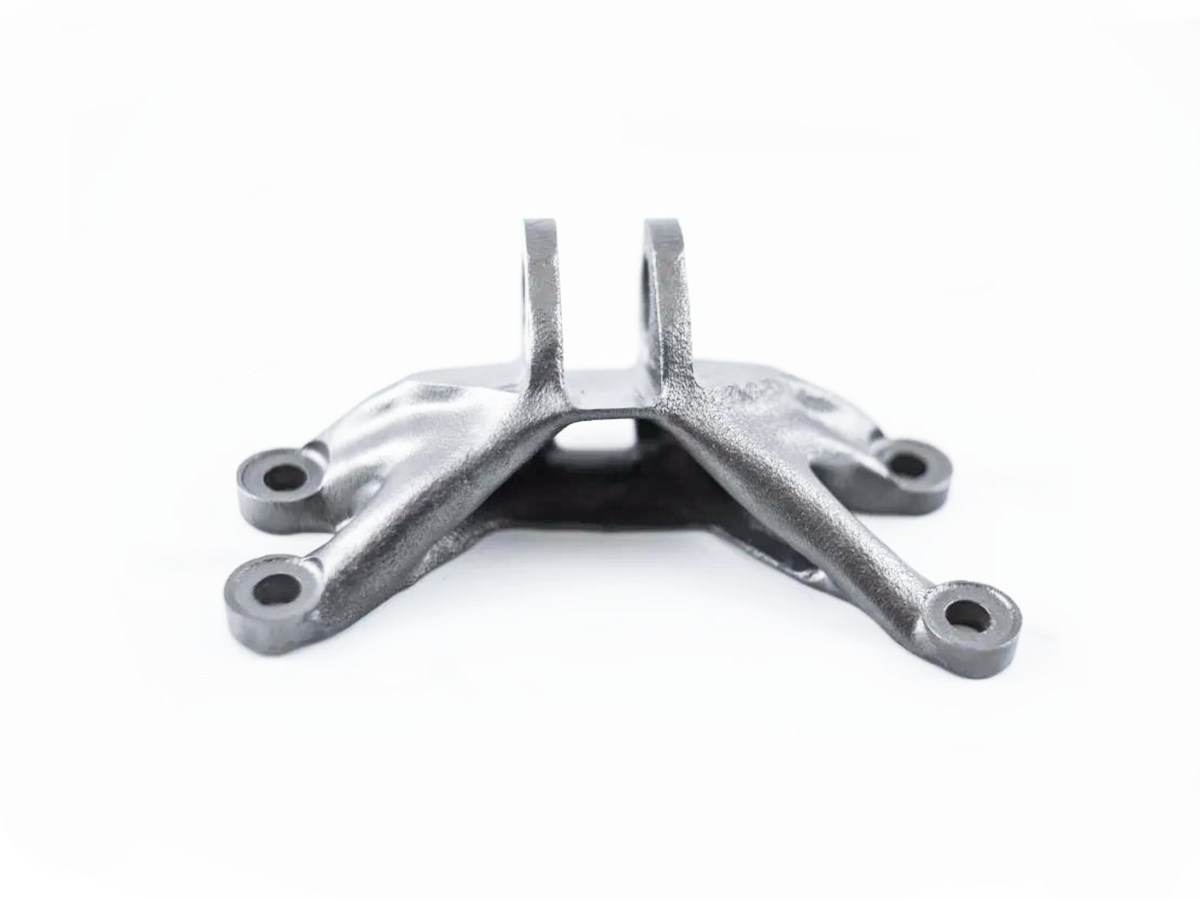If vibration occurs during machining, which parameters should be adjusted first?
Vibration, or chatter, during machining is an immediate indicator of a dynamic instability in the cutting process. It must be addressed promptly as it damages surface finish, drastically reduces tool life, and can compromise dimensional accuracy. When chatter occurs, a systematic approach to parameter adjustment is crucial. The goal is to alter the harmonic relationship between the tool and the workpiece. The following adjustment sequence is a proven method for quickly and effectively suppressing vibration.
1. First and Fastest Adjustment: Increase Feed Rate
This is often the most effective and immediate solution.
Why it works: Chatter often occurs when the tool is "rubbing" instead of cleanly shearing the material due to an insufficient chip load. Increasing the feed rate (inches per tooth, IPT) creates a thicker chip, which in turn increases the cutting force and reduces vibration. It shifts the cutting frequency away from the resonant frequency of the system.
How to do it: Increase the feed rate by 20-30% as a first step. Observe the chip; it should become thicker and more robust. The sound should change from a high-pitched squeal to a more consistent, lower-pitched "rip." Be cautious not to exceed the tool manufacturer's recommendations to avoid overloading and potentially damaging the tool.
2. Second Adjustment: Reduce Radial Depth of Cut (Stepover)
If increasing the feed doesn't resolve the issue, the radial engagement is likely the culprit.
Why it works: A large stepover (e.g., 50% of the tool diameter or more) creates high radial forces that can excite vibrations, especially in long tools or thin-walled parts. Reducing the radial depth of cut significantly lowers these forces and the tool's tendency to deflect and vibrate.
How to do it: For a finishing pass, reduce the stepover to 5-10% of the tool diameter. For roughing, if you were at 50%, try reducing to 30-35%. This is a core principle of High-Speed Machining (HSM) strategies, which use light radial engagements and high feed rates to maintain productivity while avoiding chatter.
3. Third Adjustment: Alter Spindle Speed
Changing the spindle speed changes the frequency of the cutting forces.
Why it works: Chatter is a resonance phenomenon. A slight change in spindle speed (RPM) can move the cutting frequency out of the resonant "sweet spot" that is causing the vibration.
How to do it: If increasing the feed and reducing the radial depth haven't worked, adjust the spindle speed by 10-15% in either direction. Sometimes, a moderate decrease can be helpful, but often a moderate increase is more effective, as it can place the process in a more stable zone. Many modern CNC controllers have "chatter detection" software that automatically makes these adjustments.
If the Above Fail: Consider These Fundamental Fixes
If parameter adjustments alone do not resolve the issue, the problem is likely related to the physical setup and system rigidity.
Increase System Rigidity:
Tooling: Use the shortest and largest diameter tool possible. A tool that is protruding too far from the holder acts like a tuning fork. A reduction in tool overhang by 20% can increase rigidity by over 100%.
Workholding: Ensure the part is clamped securely. For thin-walled parts, use custom fixtures or fill cavities with low-melting-point alloy to provide damping support.
Tool Holder: Use precision, rigid holders like hydraulic chucks or shrink-fit holders instead of standard collet chucks for maximum grip and minimal runout.
Change Tool Geometry: Switch to a tool with a variable pitch or helix angle. These tools disrupt the harmonic buildup of vibration by ensuring that each tooth engages the material at a slightly different time, preventing a consistent vibration pattern from forming.
Re-evaluate the Machining Strategy: For problematic features, consider changing the toolpath. A trochoidal milling path can maintain a constant, low radial engagement, which is highly effective at eliminating chatter in slots and pockets.
Summary: Priority of Adjustments
First: Increase Feed Rate (IPT) to increase chip load and dampen vibration.
Second: Reduce Radial Depth of Cut (Ae) to decrease radial cutting forces.
Third: Alter Spindle Speed (RPM) to shift the cutting frequency away from resonance.
Fourth: Address System Rigidity (tool length, workholding, holder type).
By following this structured troubleshooting sequence, you can efficiently diagnose and eliminate vibration, ensuring the high-quality results expected from a professional Precision Machining service. This methodology is integral to our process, especially when handling challenging materials and geometries where stability is paramount.



